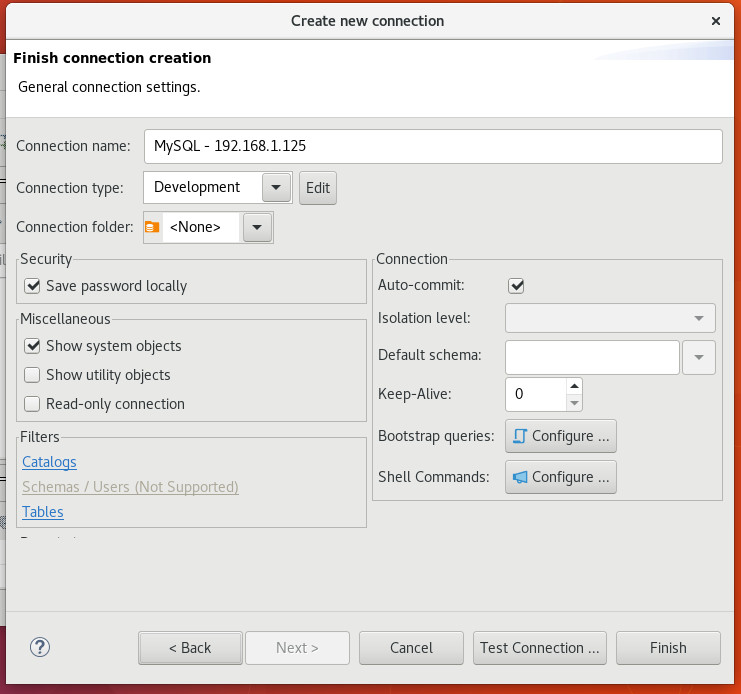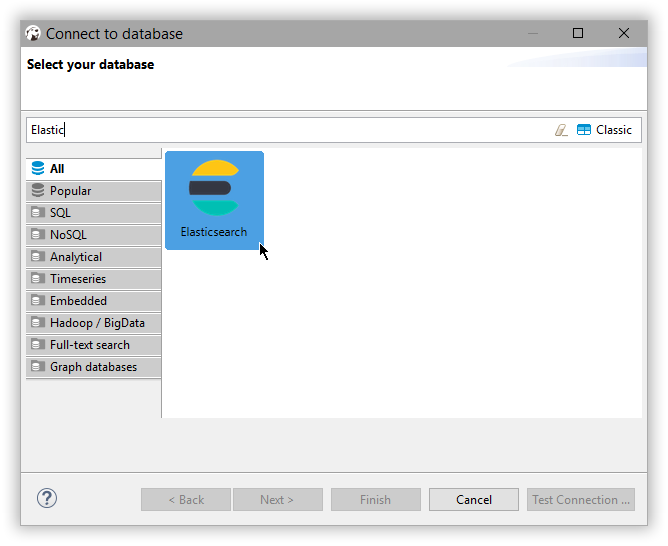DBeaver Overview. DBeaver is a free, open source multiplatform database management tool and SQL client for developers and database administrators. DBeaver can be used to access any database or cloud application that has an ODBC or JDBC driver, such as Oracle, SQL. DBeaver is an awesome SQL client and database management tool. It comes with drivers for the most popular databases, including MySQL, PostgreSQL, SQLite and many others, meaning you can learn one tool and use it across projects built on different technology stacks. Comment and share: How to connect to a remote MySQL database with DBeaver By Jack Wallen Jack Wallen is an award-winning writer for TechRepublic, The New Stack, and Linux New Media. Free multi-platform database tool for developers, database administrators, analysts and all people who need to work. DBeaver Community Edition is free.
DBeaver is a free, open source, graphical database management tool for database developers and administrators.
You can use DBeaver to create and manage databases across a wide range of database management systems (DBMSs). DBeaver works with most of the popular DBMSs, such as MySQL, PostgreSQL, MariaDB, SQLite, Oracle, DB2, SQL Server, Sybase, Microsoft Access, Teradata, Firebird, Derby, and more. In fact, DBeaver can be used on any database that has a JDBC or ODBC driver. It also works on some other databases that don’t have a standard xDBC driver, such as Mongo DB, Redis, and WMI.
DBeaver is a multi platform tool – it works on Windows, Linux, Mac, and Solaris.
Features
DBeaver has many of the typical features you’d expect from a GUI based database management tool. For example, there’s the Database Navigator that allows you to navigate through the list of databases, and expand them to navigate the database objects within each database. There’s also the SQL Editor with syntax highlighting and autocomplete.
Here’s a list of some of DBeaver’s main features:
- Graphical User Interface (GUI). Enables you to see a list of databases and their objects, and select options from menus by “pointing and clicking”. This is in contrast to a command line tool, where you’d need to remember the exact command to display a list of databases or perform other tasks.
- Data Editing. You can edit data from directly within the table (just like you might edit data within a spreadsheet).
- Database Analysis. Create visual diagrams of database objects and whole schemas and export as required. Also includes metadata management.
- SQL Editor. Enables you to create adhoc SQL queries and run them against the database. You can also load and save scripts as required. Some of the more popular features of the SQL Editor include syntax highlighting and autocomplete.
- Database Specific Features. DBeaver supports many of the features that are specific to certain DBMSs. For example, DBeaver supports views DDL and stored procedures in SQL Server, enum/set datatypes in MySQL, XML, Cursor datatypes support in Oracle and DB2, etc
- Themes/appearance. DBeaver comes with some default themes. You can switch between these within seconds. You can also change colors at a very granular level (such as the color of any parameters when written in the SQL Editor).

Dbeaver Unknown Database Download

Community Edition
DBeaver Community Edition is free and open source. It’s distributed under the Apache License version 2.
Enterprise Edition

DBeaver also comes in an Enterprise Edition


Dbeaver Unknown Database Free
Download DBeaver
To download DBeaver, head over to the DBeaver website download page. You can download the free Community Edition or a trial of the Enterprise Edition. There’s also an Eclipse plugin available for those using Eclipse.
